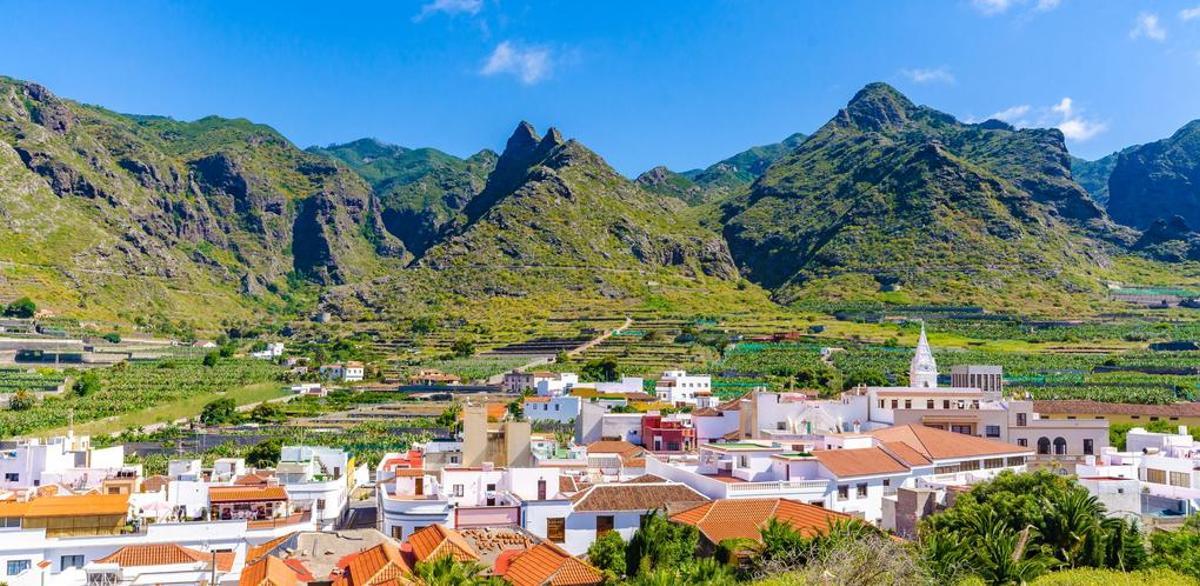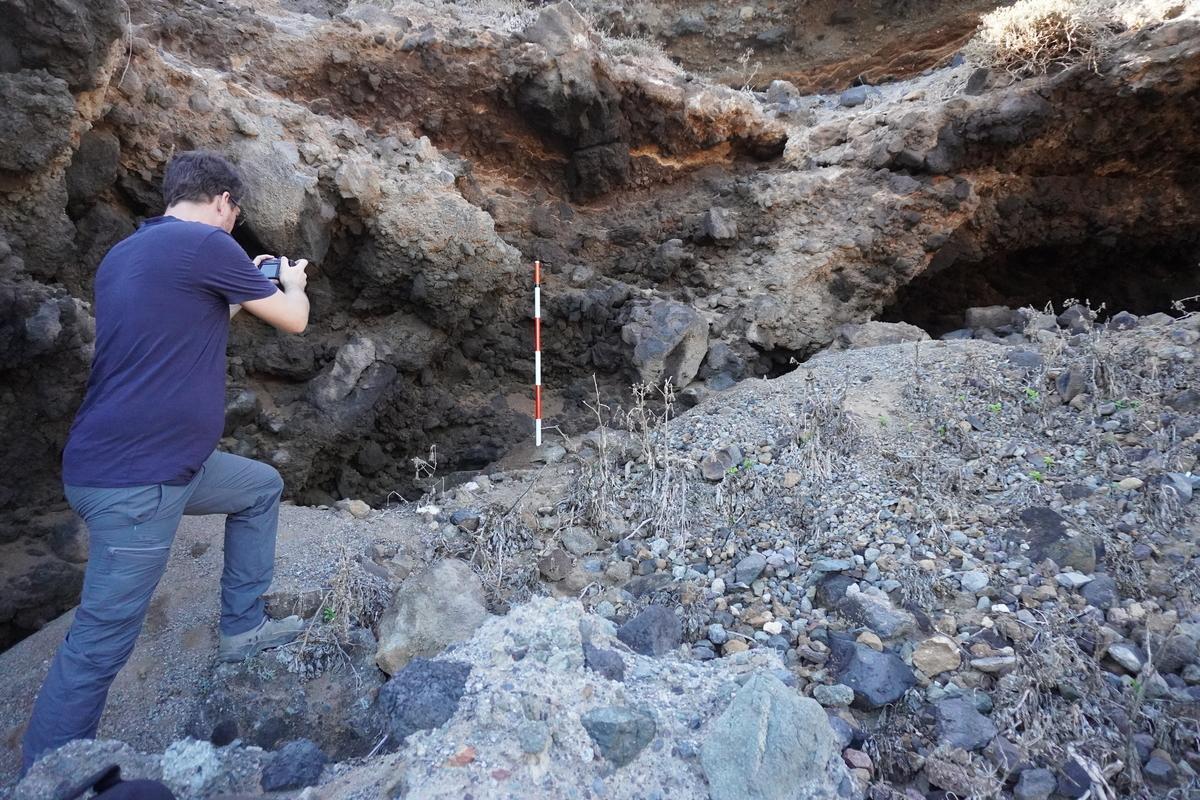“They also made one of two brothers disappear. She was the girlfriend of one of them. She was pregnant. They took her out at night and saw her climbing the mountain. There they found remains, a plastic belt, on a farm. It was after the war.” Was the culprit from the Falange? “It was from those people, yes.”
The project The repressed in the municipality of Los Silos, funded by the Tenerife Island Council and the City Council of this northern municipality, and included in an island program for the recovery of historical memory during the Franco dictatorship, not only conducted an archaeological survey in search of human remains on the coast of Silos, which was resolved without any findings. They also document stories of people from this locality who suffered violence from the coup plotters and their followers.
One story that stands out from all those exposed by this work, just presented by the City Council of Los Silos, carried out by the Fortunatae company and directed by historian Luana Studer. It was discovered thanks to witnesses of Francoist repression, such as the one who gives the testimony mentioned above.

Panoramic view of Los Silos, in the north of Tenerife. / El Día
The disappearance of this pregnant woman has always been a mystery. There was no official investigation to determine who killed her, nor were her remains found. It was always believed to have been a Franco acolyte. These far-right groups and the Francoists themselves are behind this and hundreds of other murders and disappearances that occurred in the Canary Islands during the coup and the military dictatorship.
The study adds testimonies about what could have happened. Some sources even point to the woman’s name: Candelaria Melo. “She would have had a relationship with a Falangist from the town,” these witnesses claimed, defending the hypothesis that this Falangist, who was married to another woman, murdered her and made her body disappear on a farm after she told him she was going to have his child.
“If the facts were proven, we would be talking about a case of gender-based violence at the beginning of the dictatorship and not for ideological reasons,” the source of the majority of murders and disappearances during that sinister and dark period of Spanish history, as pointed out by the study.
“If the facts were proven, we would be talking about a case of gender-based violence at the beginning of the dictatorship and not for ideological reasons”
Although Los Silos and the other populations of the Isla Baja had little population then – and still have now – there were important workers’ and peasants’ movements that rebelled against the landowners.
The study by Luana Studer, a doctor in Contemporary History, highlights one that occurred before the Civil War: the peasant revolt in Buenavista del Norte on March 11, 1933 when “the mobs took control of this town for a few hours with the intention of obtaining better working conditions.”
Repression, as seen, was not only carried out by the military. An analyzed document of interest in this project is a list of left-wing people investigated by the local Falange. It is composed of activists considered potentially dangerous by the regime.
In addition to the names, addresses, occupations, and the level of political danger of each, some were imprisoned and tortured, others murdered and made to disappear, and others were executed, such as the teacher Manuel Illada Quintero and his brother Lucio.

Location on the coast of Los Silos where an archaeological survey was conducted in search of remains of victims of Franco’s reprisals. / El Día
This study is part of a grant package totalling 112,000 euros to municipalities launched by the Tenerife Island Council in the previous term to implement projects for the recovery of historical memory. Twelve will benefit from the grants, with a maximum amount of 10,000 euros for each municipal proposal.
A study funded by the Government of the Canary Islands and carried out by the Association for the Recovery of Historical Memory of Tenerife allowed in 2021 to compile a verified list of 182 victims directly related to the reprisals generated during the Franco dictatorship in Tenerife, among missing persons, those murdered in extrajudicial executions or as a result of repressive actions or tortures suffered in prison, and those executed in war councils.
Historians, however, insist that there are many more repressed individuals. Estimates are around 3,000 people assassinated or imprisoned in the archipelago after the outbreak of the coup, precisely in the Canaries in July 1936. These are the projects funded by the Tenerife Island Council that will seek to fill the gaps of forgetfulness.















